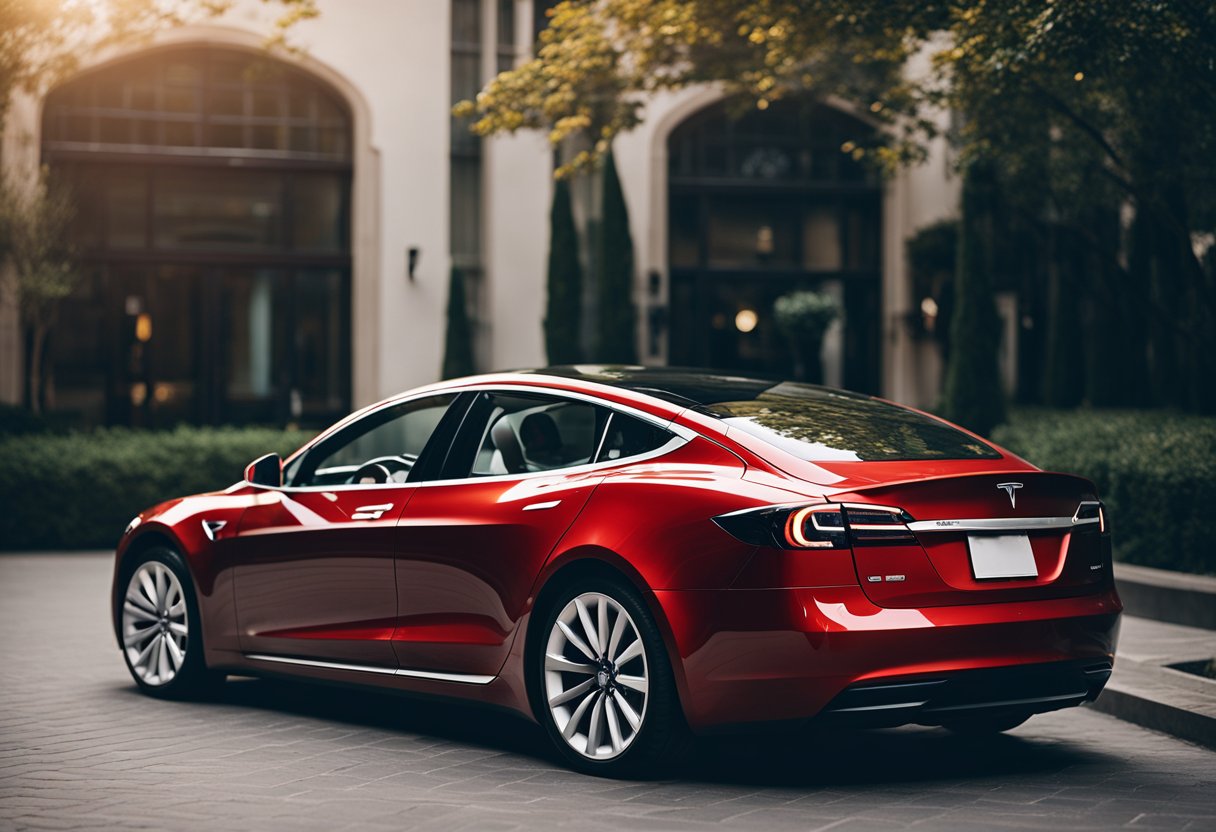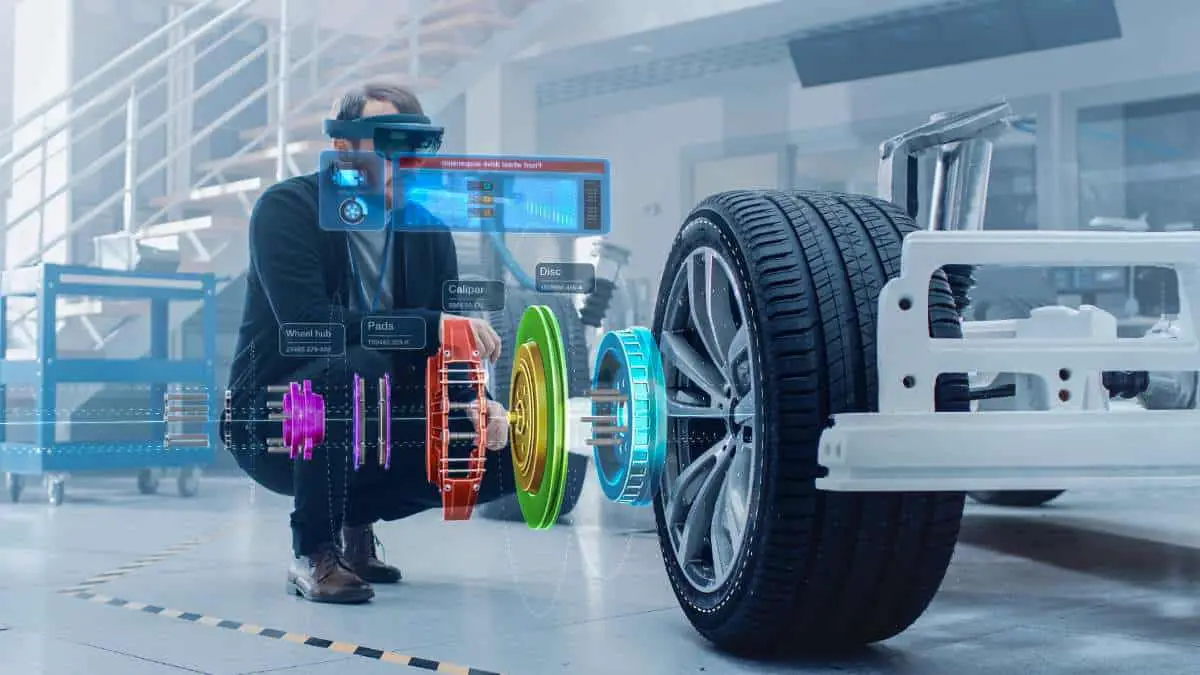When it comes to car maintenance, Tesla vehicles are known for their unique requirements compared to traditional gasoline-powered cars.
One common question that arises is whether a Tesla needs oil for operation. To answer this question, it’s essential to understand that Teslas are powered by electric motors, not internal combustion engines.
As a result, they do not require the typical motor oil changes found in traditional vehicles How Do Tesla Cars Work?.

Though Teslas do not require oil in the conventional sense, there are still specific maintenance needs, such as wheel and brake maintenance, air filter changes, and ensuring proper lubrication for certain parts of the vehicle. By addressing these unique maintenance requirements, Tesla owners can maximize the performance and longevity of their electric vehicles.
Key Takeaways
- Teslas are powered by electric motors, eliminating the need for traditional motor oil.
- Instead of oil, Teslas require other maintenance measures, such as wheel and brake upkeep.
- Air filter replacement and lubrication for certain components contribute to satisfactory Tesla performance.
Understanding the Absence of Oil in Tesla Cars
As an electric vehicle (EV) enthusiast, it’s essential to understand that Tesla cars do not require oil in the traditional sense. Unlike internal combustion engines (ICs) found in gasoline-powered vehicles, Teslas are powered by electric motors, which do not require the same kind of lubrication.
Comparison with Internal Combustion Engines
In a gasoline-powered vehicle, the engine relies on a series of small explosions created by the combustion of gasoline and air.
These explosions generate power, and key components of the engine must be kept lubricated to reduce friction and heat. This is where engine oil comes in, as it serves to lubricate these parts and ensure smooth operation.
On the other hand, electric cars like Teslas use an entirely different technology to provide power and movement. Instead of an internal combustion engine, they rely on electric motors that convert electrical energy into motion.
Electric motors do not require the use of engine oil for lubrication purposes, as there are no explosions or high amounts of friction and heat generated.
With this in mind, Teslas and other electric vehicles have various advantages over their gasoline-powered counterparts. One such advantage includes the lack of need for engine oil, which means no oil changes or check engine lights related to oil issues.
In fact, Tesla cars don’t even have a check engine light, as they utilize an innovative notification system for alerting drivers of any problems.
It’s important to note that Tesla cars still require some form of maintenance to ensure their optimal performance. For example, tire rotations and cabin air filter replacements are still necessary.
However, when it comes to oil-related maintenance, Teslas are a game-changer in the automotive industry, making them a more environmentally friendly and low-maintenance choice for drivers.
Tesla’s Unique Maintenance Needs
As a Tesla owner, I’ve found that my vehicle has some unique maintenance needs compared to traditional gasoline-powered cars. With an electric motor instead of an internal combustion engine, there are fewer moving parts that require lubrication, which means no oil changes are needed for Teslas [(source)).
However, there are other maintenance requirements to consider. For example, the gearbox in a Tesla needs to have its coolant checked and replaced periodically to ensure optimal performance.
This is important since the coolant helps regulate the temperature of the electric motor and drive unit, which ensures the vehicle’s longevity. Similarly, the gearbox might require grease replacement on occasion to keep moving parts functioning smoothly [(source)).
Tire rotation is an essential part of regular maintenance for all Tesla models, including the Model S, Model X, Model 3, and Model Y. As with any vehicle, properly rotated tires help promote even wear and extend the lifespan of the tires, all while maintaining balanced and smooth handling.
Another important aspect of Tesla maintenance is keeping an eye on the brakes. Although regenerative braking significantly reduces wear on brake pads, it’s still a good idea to monitor their condition and replace them if necessary.
Additionally, brake fluid should be checked regularly to ensure it doesn’t become contaminated with debris or moisture [(source)).
On top of these considerations, I also make a point to periodically replace my Tesla’s windshield washer fluid. This helps to maintain a clear windshield and improve visibility while driving.
In summary, while Teslas don’t require traditional oil changes or transmission fluid replacements, they do have their own set of maintenance tasks. As a Tesla owner, it’s important that I stay diligent with these tasks to keep my vehicle running at its best for years to come.
Tesla Wheel and Brake Maintenance
As a Tesla owner, I find it essential to pay attention to wheel and brake maintenance. While our electric vehicles do not require oil changes or combustion engine maintenance, there are still some aspects we need to take care of.

One important aspect is the brake fluid. My Tesla uses DOT 4 brake fluid, which should be checked regularly for cleanliness and potential contamination. To do this, I carefully open the frunk and clean the brake filler cover with a lint-free cloth before examining the fluid.
When it comes to my Tesla’s tires, I ensure they have adequate tread depth for safety and optimal performance. I also pay close attention to tire pressure and wheel alignment, as these factors can affect both driving comfort and energy efficiency.
Another thing to remember is that, while regenerative braking helps reduce wear and tear on brake pads and discs, it doesn’t eliminate the need for regular inspections and possible replacements.
Over time, friction between the brake pads and discs can cause wear, increasing the risk of rust and diminished braking performance. I always make it a point to monitor the condition of my brake pads and calipers, lubricating and cleaning them as needed.
While Teslas are known for their reduced maintenance requirements compared to combustion engine vehicles, it’s still important for me to stay vigilant about my car’s wheel and brake systems.
By performing these routine checks and keeping an eye on the power steering system, I ensure my Tesla continues to run smoothly, safely, and efficiently.
Tesla Air and Filter Maintenance
As a Tesla owner, I appreciate that the maintenance required for my electric vehicle is significantly less than that of a gasoline-powered car. However, there are still some important aspects to consider, such as air and filter maintenance.
In order to maintain a comfortable and healthy environment inside my Tesla, I regularly need to check and replace the cabin air filter. This filter is responsible for keeping pollen and other airborne contaminants out of the vehicle’s interior.
Some Tesla models are even equipped with a HEPA filter, providing an even higher level of air quality inside the cabin.
Air conditioning service is another aspect of air and filter maintenance that I need to be aware of. While my Tesla doesn’t require synthetic oil or Pentosin ATF 9 like traditional cars, I still need to ensure the vehicle’s refrigerant is checked and replenished periodically.
This is part of the yearly maintenance that helps keep the air conditioning system functioning efficiently.
Along with air filter and refrigerant checks, I make sure to inspect and replace my wiper blades when necessary. This is a small but essential task that contributes to my overall driving safety.
An essential aspect of maintaining my Tesla is keeping its battery in optimal condition. I follow the maintenance schedule recommended by the manufacturer, which includes over-the-air software updates and remote diagnostics to keep my vehicle running smoothly.
Cabin air filter replacement and inspecting the desiccant bag are other tasks I complete as part of the recommended maintenance routine.
It’s also important to note that Tesla electric vehicles do not require transmission oil or coolant fluid changes. This minimizes the amount of time and money spent on maintenance compared to traditional cars.
Conclusion
In conclusion, while Tesla vehicles don’t need oil changes, it’s essential for me to stay diligent and follow the recommended maintenance schedule.
By doing so, I can ensure my Tesla remains in top working condition and continues to provide an environmentally friendly and efficient driving experience.
- Tesla Charger Installation Cost (Home Setups) - March 1, 2024
- Tesla Phone Key Disconnected (Troubleshooting Guide and Quick Fixes) - March 1, 2024
- Tesla FSD 12 (Explained) - March 1, 2024